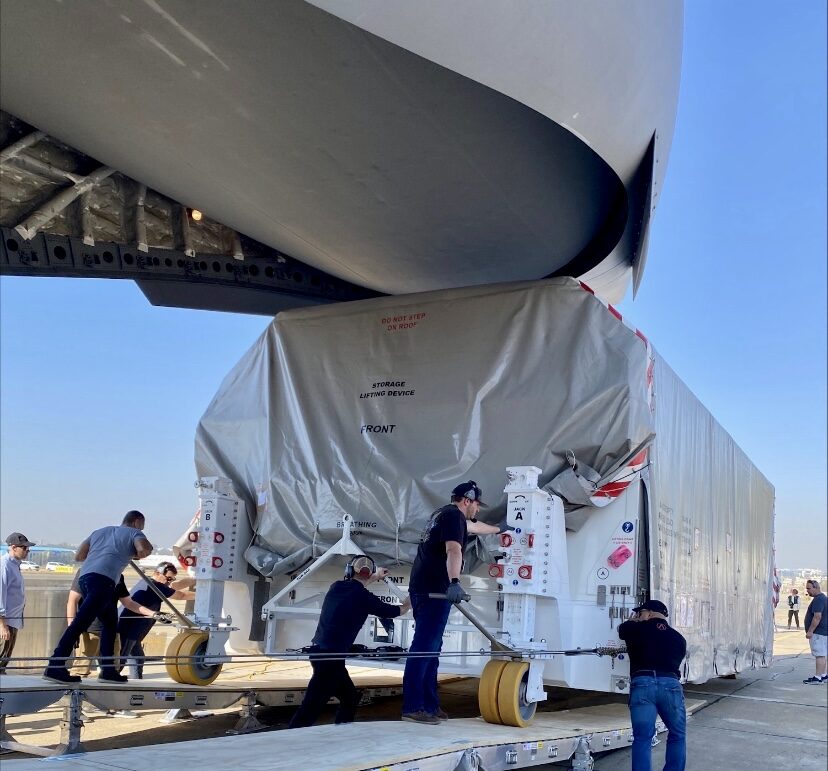The NASA-ISRO SAR (NISAR) satellite has been given to the Indian Space Research Organisation (ISRO) by the U.S. space agency. NISAR is an observatory in Low Earth Orbit that was made by NASA and ISRO working together.
ISRO says that NISAR will map the whole world in 12 days and provide data that is consistent in space and time. This data will help scientists understand how Earth’s ecosystems, ice mass, plant biomass, sea level rise, groundwater, and natural disasters like earthquakes, tsunamis, volcanoes, and landslides change over time.
Touchdown in Bengaluru! @ISRO receives NISAR (@NASA-ISRO Synthetic Aperture Radar) on a @USAirforce C-17 from @NASAJPL in California, setting the stage for final integration of the Earth observation satellite, a true symbol of #USIndia civil space collaboration. #USIndiaTogether pic.twitter.com/l0a5pa1uxV
— U.S. Consulate General Chennai (@USAndChennai) March 8, 2023
NISAR has L and S dual-band Synthetic Aperture Radar (SAR) that uses the Sweep SAR method to get high-resolution data from large areas. An observatory is made up of the SAR payloads on the Integrated Radar Instrument Structure (IRIS) and the spacecraft bus.
NASA said last month that since early 2021, engineers and technicians at Southern California’s Jet Propulsion Laboratory (JPL) have been putting together and testing NISAR’s two radar systems, which are the L-band SAR from JPL and the S-band SAR from ISRO.
The U.S. space agency had said that the SUV-sized payload would be put into a special cargo container for a 14,000-kilometer flight to Bengaluru.
ISRO plans to launch the satellite in 2024 from the Satish Dhawan Space Centre in Sriharikota. The satellite will be put together for the last time at the U.R. Rao Satellite Centre in Bengaluru.
